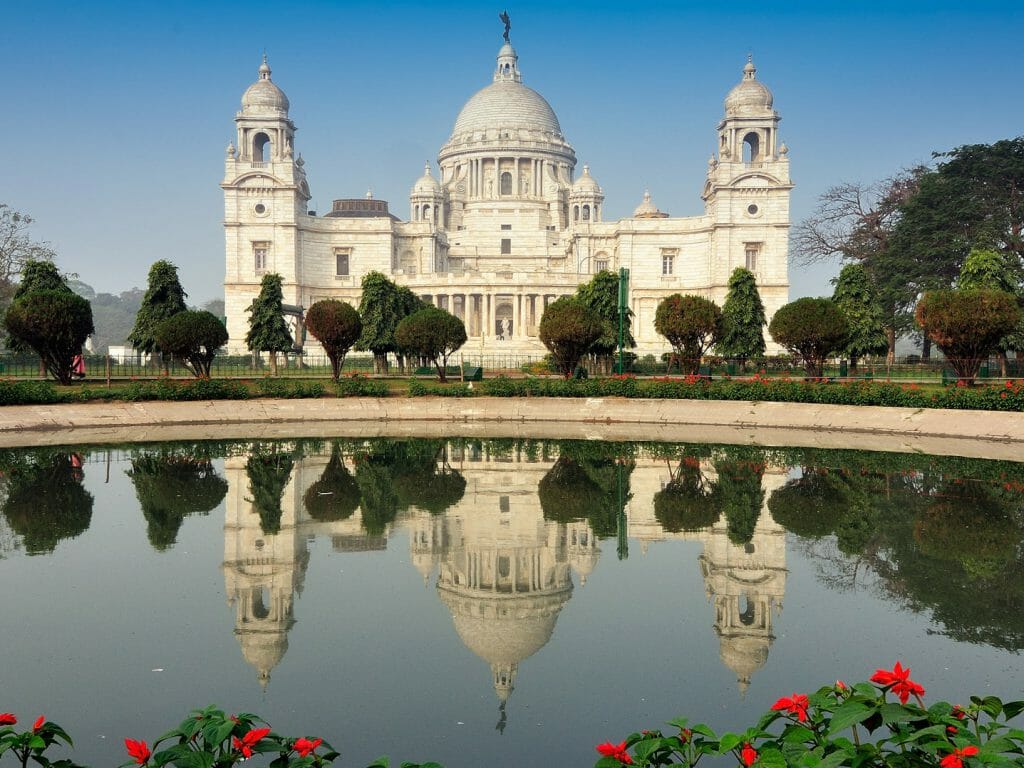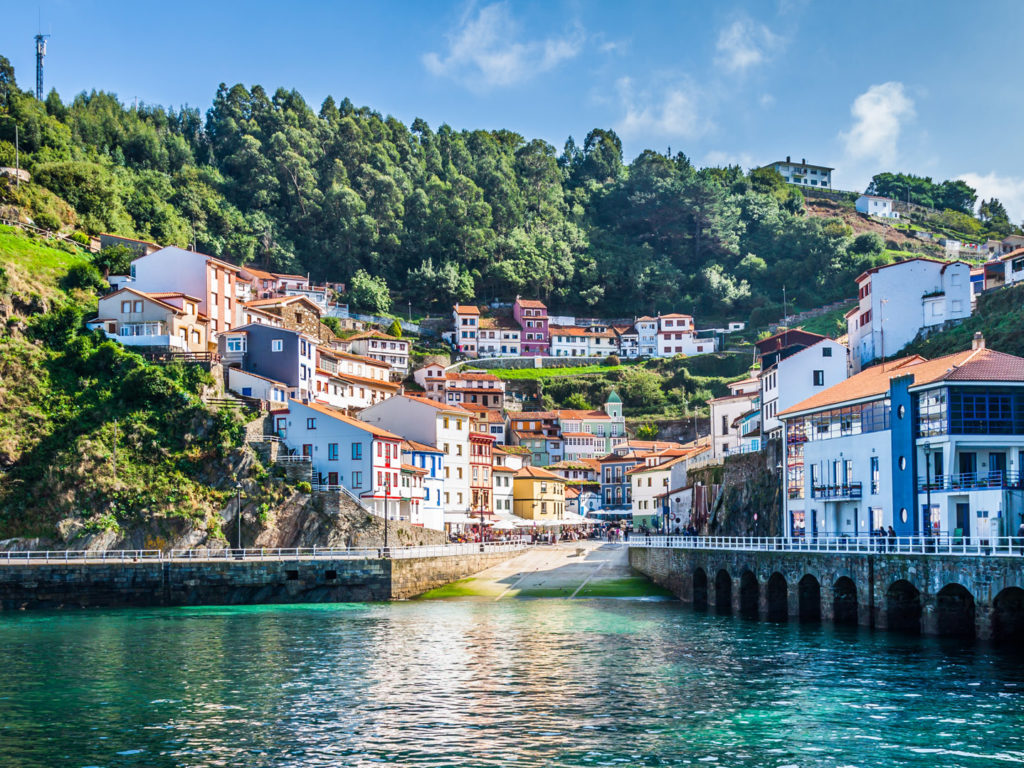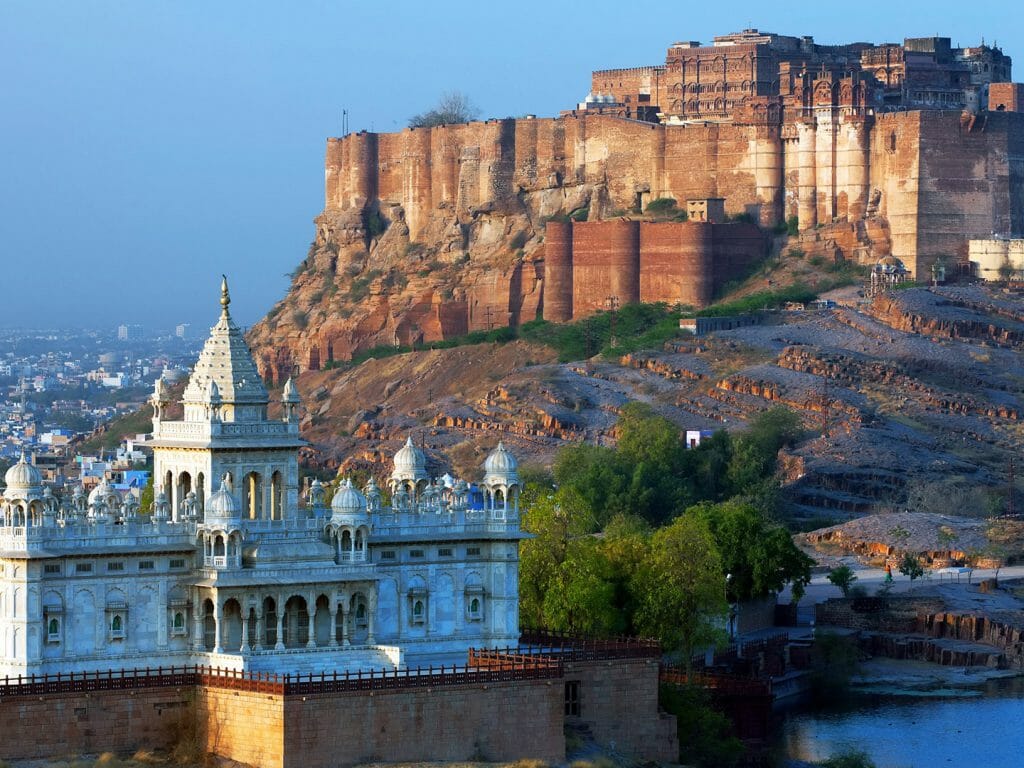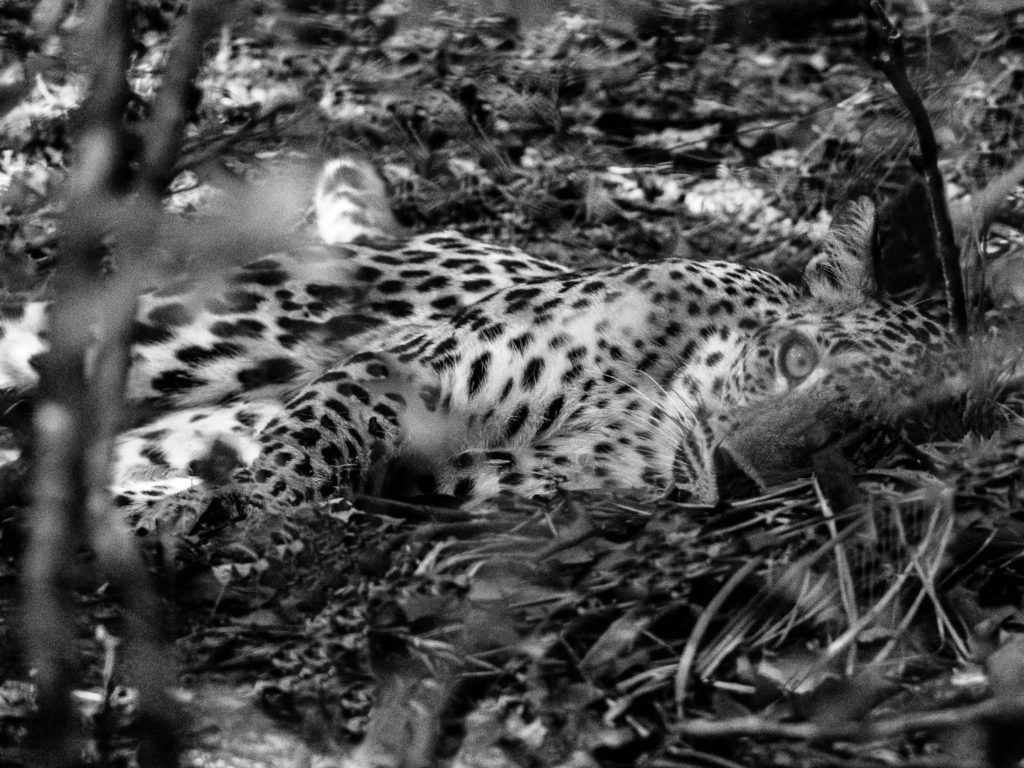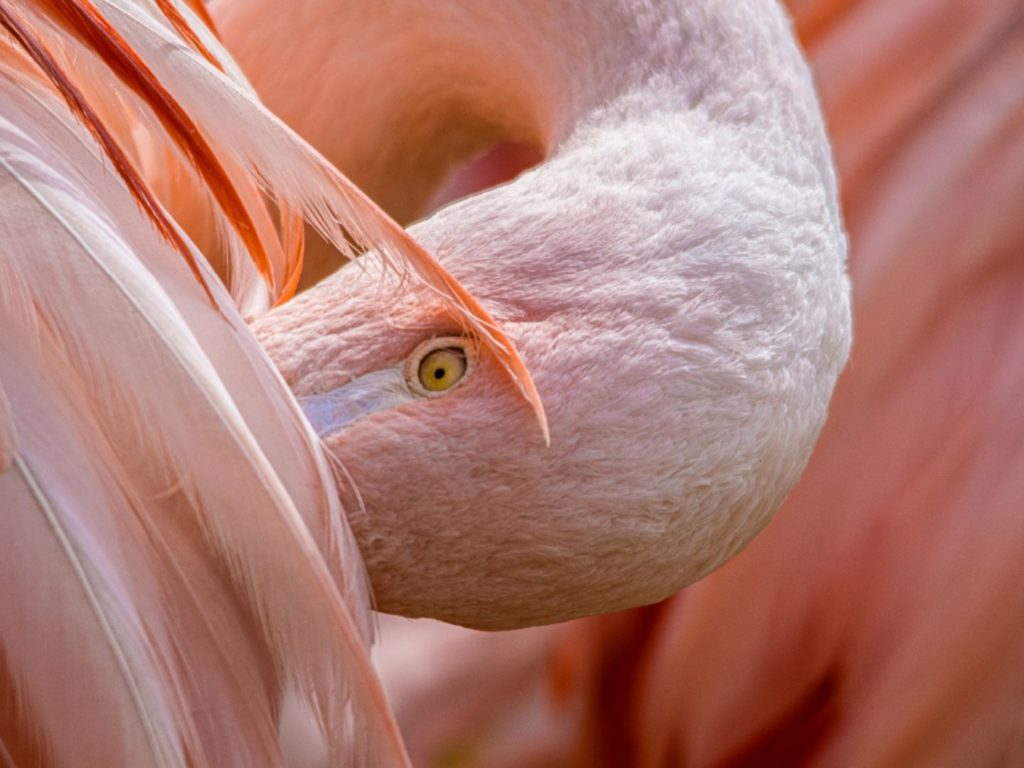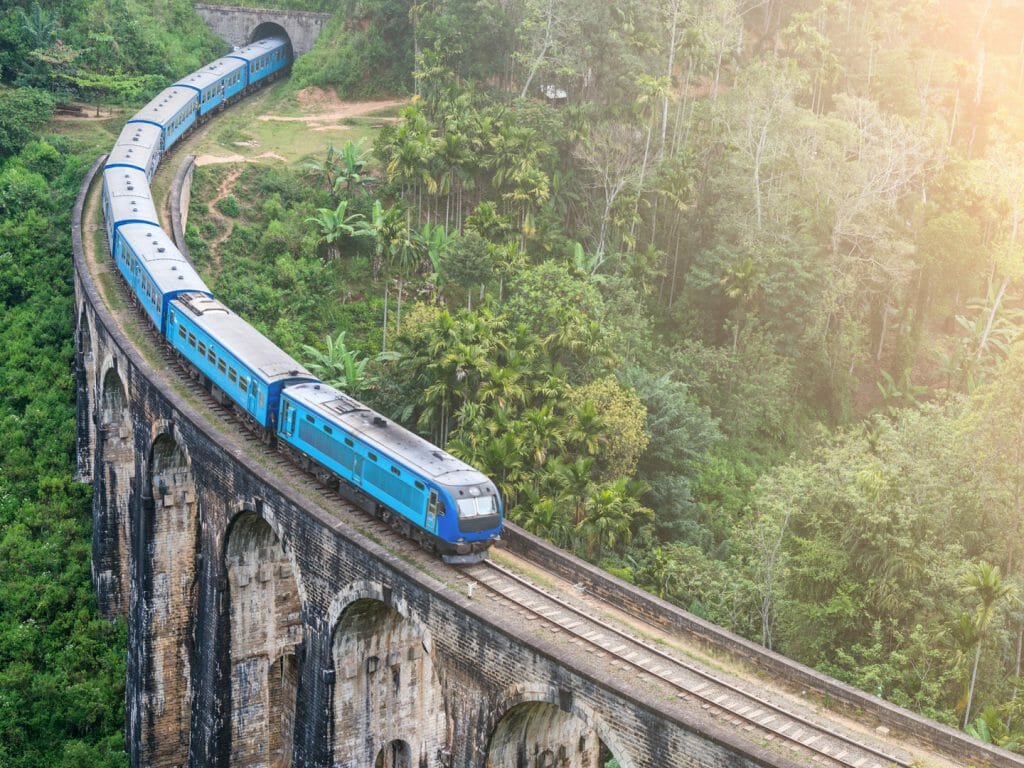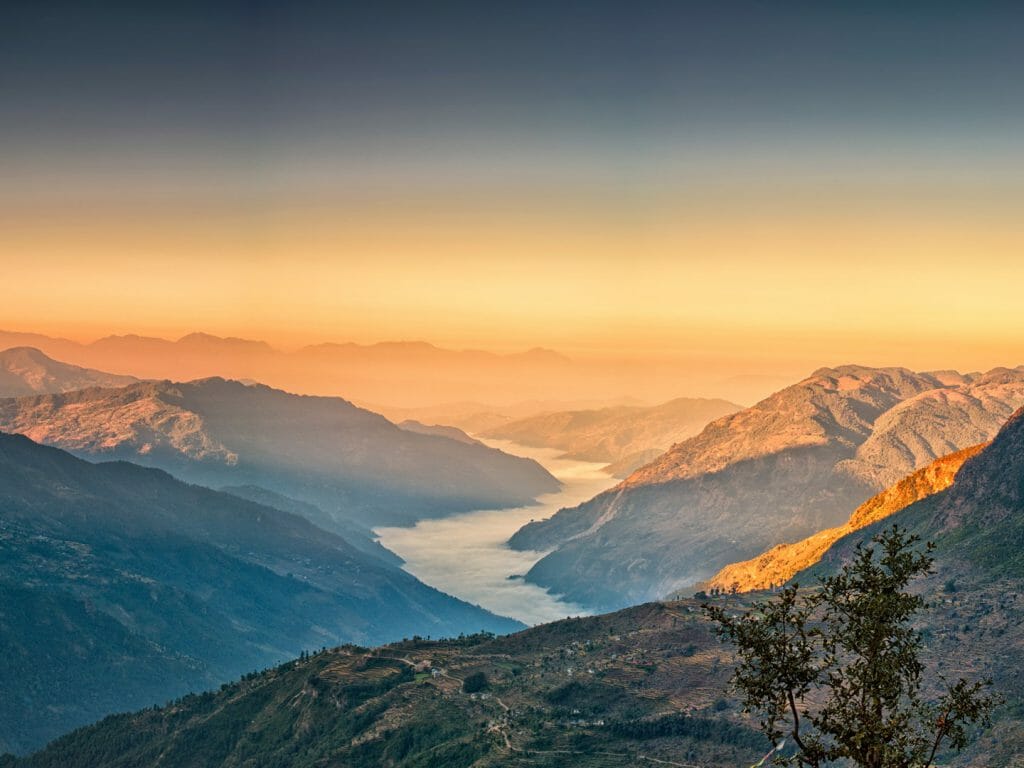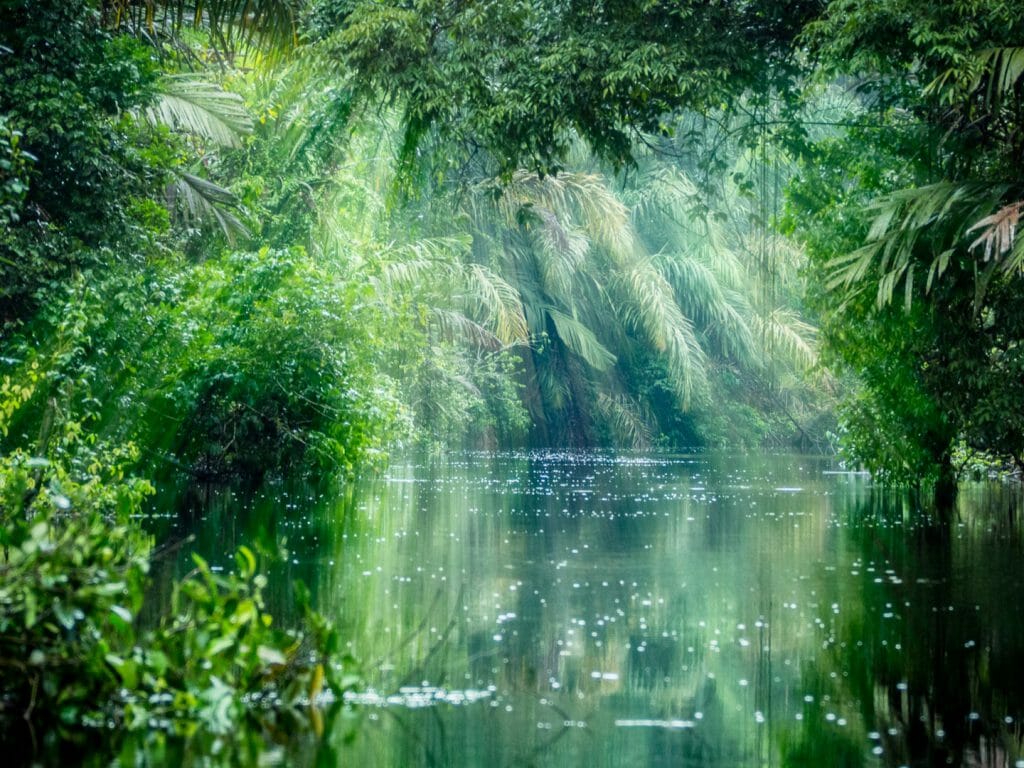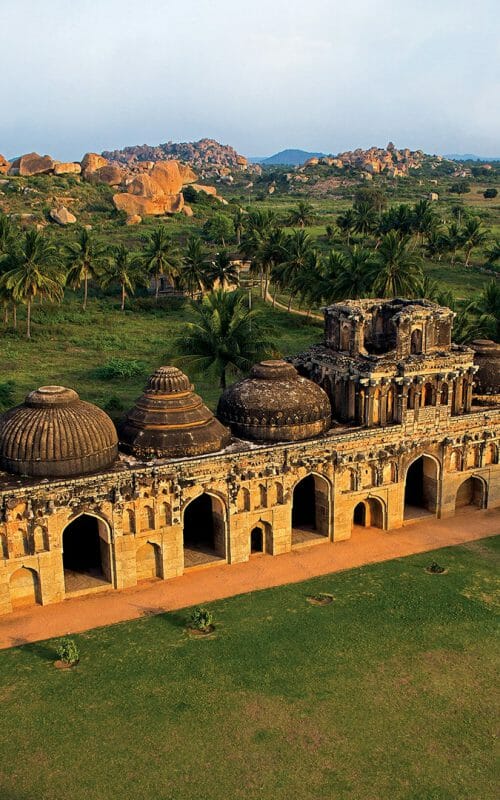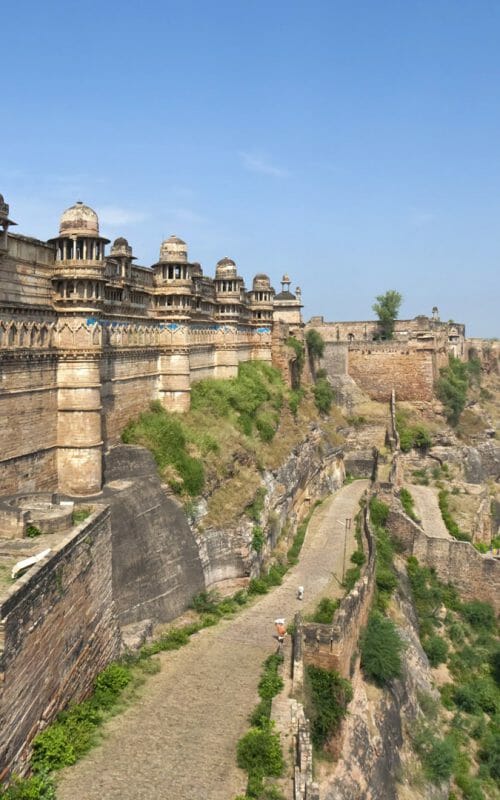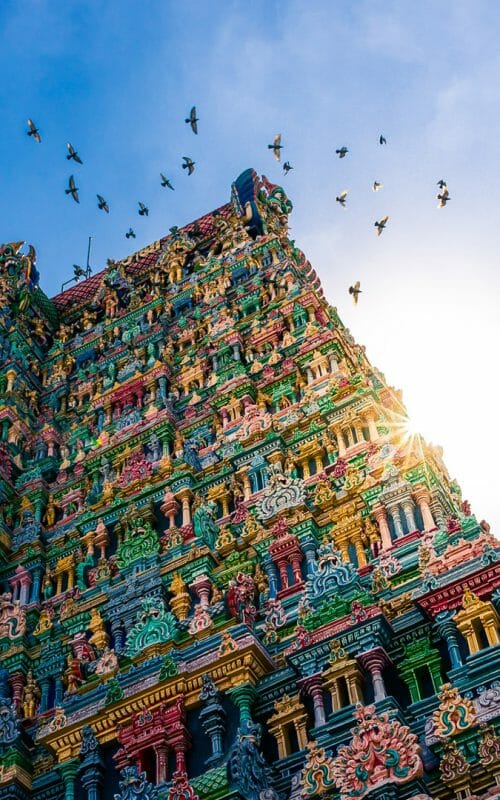This article is an excerpt from our new Steppes Traveller magazine – please get in touch with us to receive your free copy.
Tears welled up in my eyes. I swallowed hard. I bit my lip. A deep intake of breath. A slow exhale. Still, the tears were there.
Hidden in a horseshoe-shaped canyon in the Deccan Plateau, the caves of Ajanta were lost for hundreds of years, until accidentally discovered and brought to Western attention in 1819 by British colonial officer Captain John Smith. Walking down the 700 steps through teak forest, I felt a sense of what John Smith must have experienced when he chanced upon the caves whilst on a tiger hunt. The path was overgrown – very few of today’s 300,000 visitors to Ajanta take this route – parakeets squawked overhead and the roar of the waterfall drew me on.
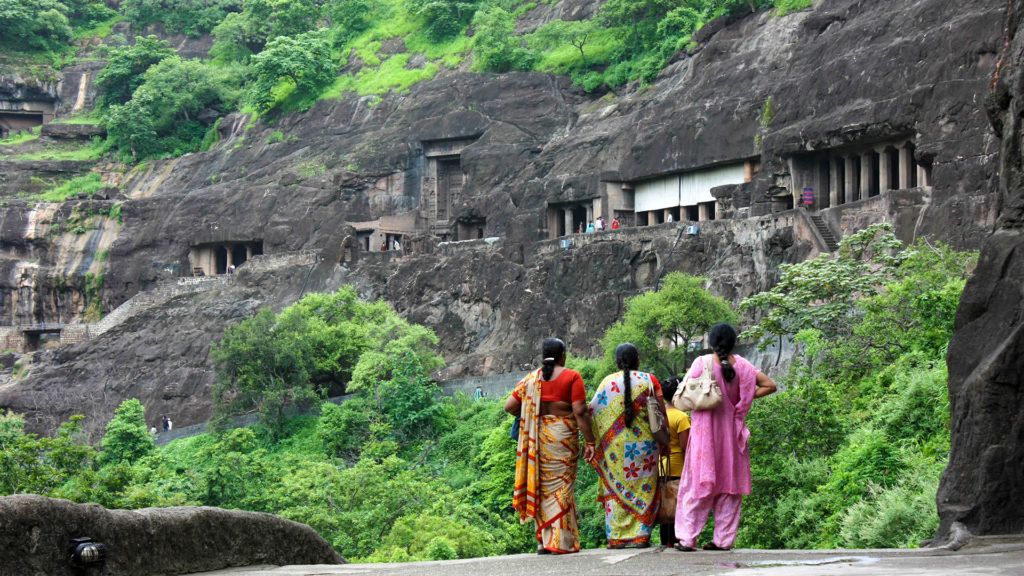
Emerging from the forest, I was confronted with a spectacular view of the waterfall and the Waghur river – fittingly, Waghur means ‘tiger’. What nature engineered over millennia, humans achieved in decades – namely, chiselling into the hard basalt rock. On the bare northern wall of the U-shaped gorge of the Waghur River were a series of gap-toothed mouths with straight, thin and yellowed teeth.
Each mouth is an entrance to a cave; although to call them caves is an insult to the industry of the stonemasons who painstakingly carved these 30 rock-cut Buddhist temples, from the second century BC to about 480 CE. It is not just the excavation that is so astounding but the intricate carvings, the statues and the ornate pillars.
A UNESCO World Heritage site, Ajanta’s unique selling point is the extraordinarily detailed wall paintings. While vivid colours and mural wall-painting were abundant in Indian history, Caves 1, 2, 16 and 17 form the largest corpus of surviving ancient Indian wall painting. These masterpieces give a sense of three-dimensional life – a sense of perspective 1,000 years before the Renaissance – and influenced Indian art that followed. The discovery of Ajanta changed the thinking of painting in the world.
“How did they make the paints? How has the paint lasted so long?”
“Not with leaves and flowers,” replied Amud, my brilliant guide. “That would have faded. To create such longevity, they used minerals. Red ochre, yellow ochre, lapis lazuli, kohl and gypsum for red, yellow, blue, black and white respectively.”
The paint in the deepest caves at Ajanta is still vibrant and exquisite. “How did they paint given that the caves are so dark?”
“Scholars have many theories. Burning torches, water to create a reflection – but it is my belief that they used mirrors to direct sunlight inside.”
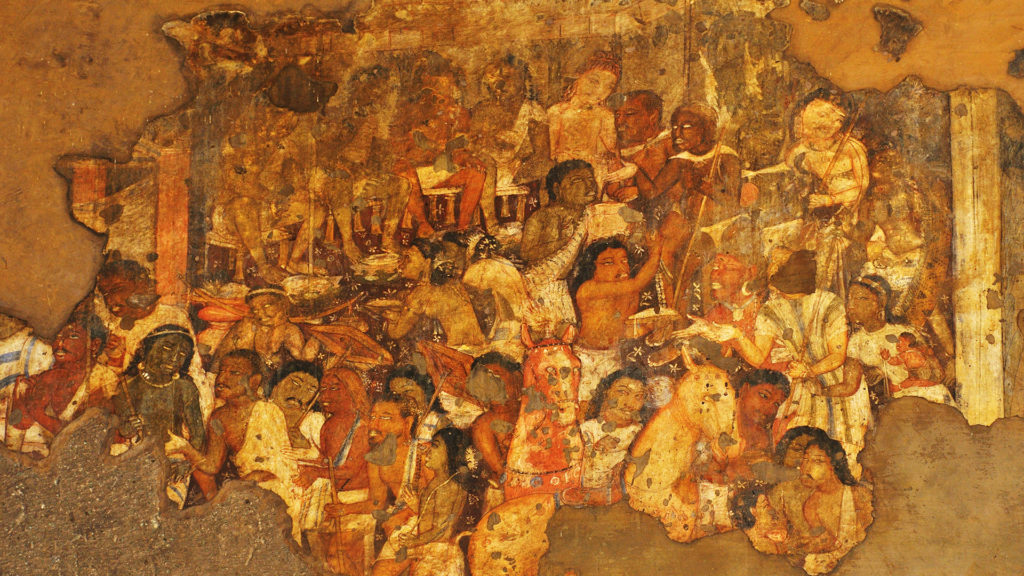
Words tell you how it was, pictures show you. The paintings of Ajanta are arguably the greatest picture gallery to survive from the ancient world and give great insight into life two thousand years ago. But more than that, they are particularly expressive paintings that present emotion through gesture, pose and form. I feel the expression; I sense the sadness of parents grieving in the first century BC in Cave 10.
The initial gloom of Cave 1 dispelled to reveal a square colonnade supported by twelve sturdy, rounded columns and, at the back, a carved shrine with an impressive statue of the seated Buddha. On the capital of one column was the illusion of four deer sharing one head.
As Amud’s torchlight tantalisingly revealed, it was the paintings that were a sheer delight. Their observation of human behaviour and the brushstrokes that enabled the artist to focus on the micro. A pearl necklace with a sapphire in middle. Detail of the crown’s pearls illustrated in individual dots. Hair crinkled to show water and that it is in the act of being washed. Greek key designs show that the world was not isolated. Another pattern gives the illusion of letters. Perhaps most enigmatic was how the facial expression of Buddha changed depending on where Amud shone his torch.
Each temple is sensual and emotive, often touching; but, Cave 17 – which is the best preserved – was the most moving. I gasped on entering the main hall of the temple, awed by its twenty pillars flanking the walls. Walls and pillars were coloured with paintings that excelled the richness of the tomb of an Egyptian pharaoh.
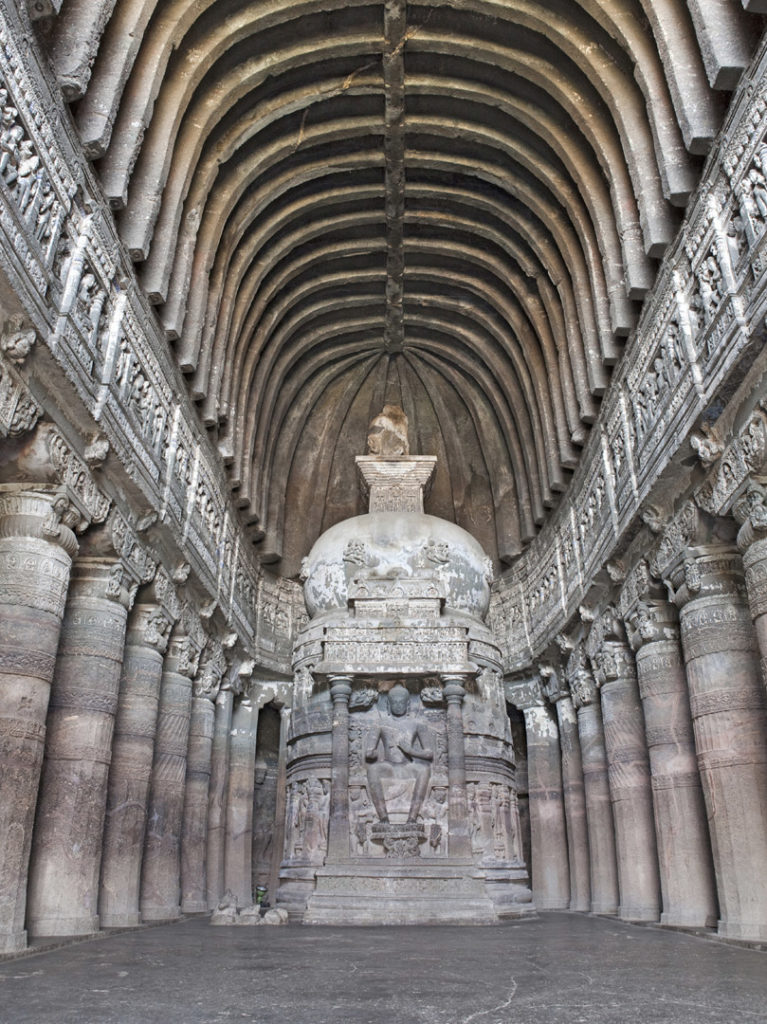
The sophistication of light and dark to create perspective was delectable. So too the portrayal of a fine pearl necklace that shone when the light hit it. People were beautifully observed whether by their facial expressions or hand gestures. A queen looked coquettish, as if drunk. An elephant watched us from wherever we were in the hall – eat your heart out Mona Lisa. The drama of one story cannot be sustained, a moment of light relief is needed and so, in the ensuing chaos, a sari is lost and a naked backside revealed – cinema eat your heart out.
Why go now?
The recent addition of flights to Aurangabad from both Mumbai and Hyderabad have made these masterpieces more accessible.
Stay in the comfortable Taj Aurangabad and, as well as Ajanta, visit the Baby Taj Mahal and the stunning temple complex of Ellora – also a UNESCO World Heritage site. A must-see is the Kailasha Temple, the largest single monolithic rock excavation in the world and, deservedly, the best-known of Ellora’s rock-cut temples.



